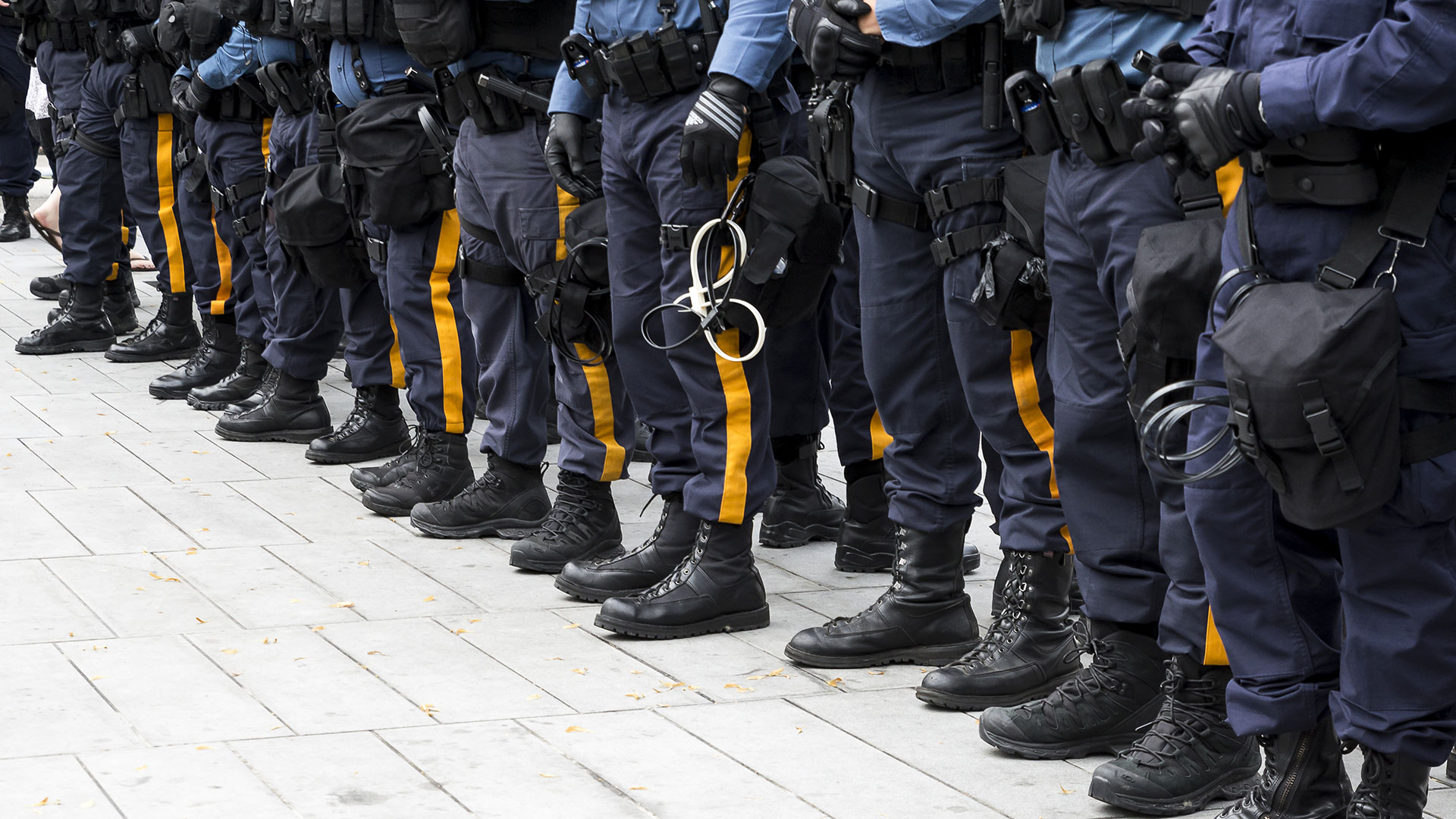
The Cleveland Division of Police’s staffing crisis continues to deteriorate, as evidenced by the city’s recent class of recruits — the smallest seen in decades.
Captain James O’Malley, a 27-year department veteran, expressed his disappointment about the dearth of recruits.
“It’s disheartening because this is a good career,” he said.
With just nine recruits in the current class, the class falls far short of the number of officers needed to adequately cover the city’s streets.
O’Malley, who also serves as the president of Cleveland’s Fraternal Order of Police (FOP) Lodge #8, highlighted the shortage of over 50 supervisors and nearly 230 patrol officers within the Cleveland Division of Police.
“The city of Cleveland is 77 square miles, and if someone calls the police, they want the police there. You have to have bodies to do that. You have to have community engagement. You have to have CIT officers — crisis intervention officers. These all take bodies.”
The existing officers are being stretched thin, often working 16-hour shifts to meet the demands of the city. O’Malley believes that several factors have contributed to the decline in recruitment, including the vilification of police officers nationwide, increased scrutiny from oversight boards and agencies, and low pay.
“It’s kind of like a sports team. If you want to have the best players out there, you got to pay for the best players. Protecting citizens is expensive,” he said.
To address the staffing shortage, the Cleveland City Council recently approved a budget that includes funding for 180 additional officers.
Councilman Mike Polensek acknowledged the ongoing problem of low recruitment numbers, as the previous graduating class consisted of only 13 officers. Polensek emphasized the urgency for Mayor Justin Bibb’s administration to develop a recruitment plan before the situation worsens.
“I’ve never experienced it before. I’ve never seen it before,” he said. “No one alive in this city today has ever experienced this situation.”
The staffing levels of the police force are now reminiscent of those from the year 1923, leaving officials concerned about the future.
According to Polensek, the situation may deteriorate further soon, as approximately 200 members of the police force are eligible for retirement. The councilman warned that the city will face a challenging situation by mid-summer.
While it remains uncertain whether the strategies put in place by the current administration will be sufficient, O’Malley assured that the dedicated men and women of the Cleveland Division of Police will continue to do their best to protect the city.
“Cleveland police officers are extremely dedicated to this city,” O’Malley said. “They’ve given their lives, they’ve been wounded, they’ve been injured protecting the citizens.”
The shortage of officers has had a direct impact on the community, with taxpayers, crime victims and business owners expressing their concerns and calling for more officers on the streets.
Police officials say that response times have been affected, with incidents like hit-and-run crashes resulting in significant delays in receiving police assistance.
Police Union President Jeff Follmer acknowledged that the current number of officers is insufficient to respond as quickly as desired.
With over 200 officers down, the Cleveland Division of Police currently has 1,276 officers, only one more than it did a century ago.
The scarcity of officers is becoming a critical issue, as citizens have complained about delayed response times to incidents like gunshots and inadequate traffic enforcement.
Follmer expressed his concern, stating: “It’s a scary time for Cleveland. The services for some citizens are probably going to be reduced. Our patrolmen are working on their days off, they are working 16, 18-hour shifts, three, four and sometimes five days a week.”





